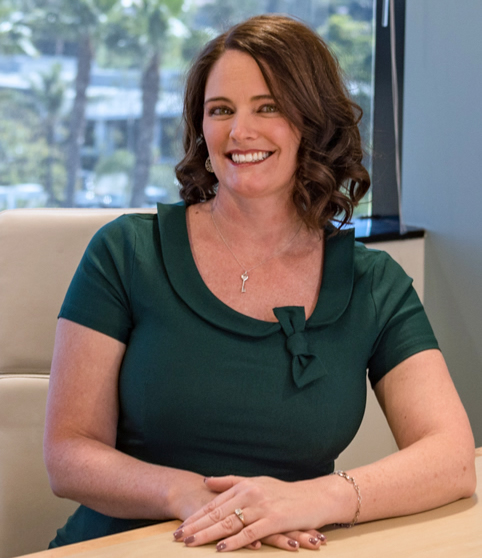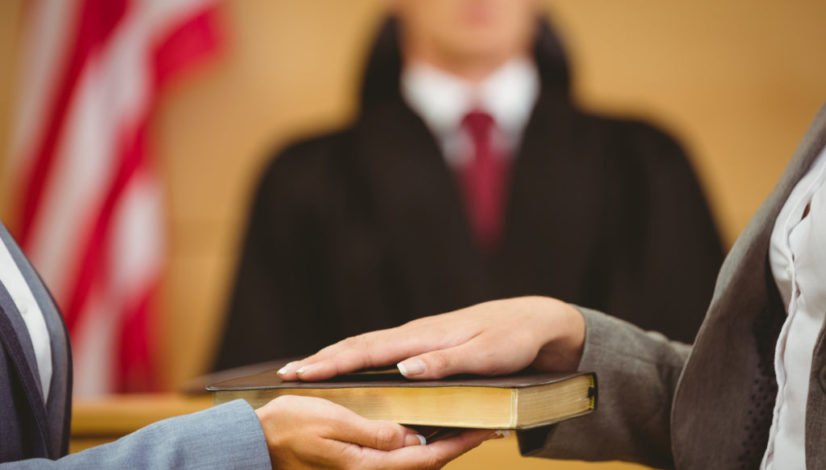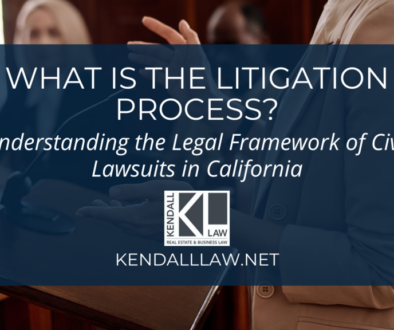Effective Summary Judgment Practice Series – Early Preparation
Summary Judgment, which is permitted in California by Code of Civil Procedure 437c, is a very effective tool to dispose of a case. In my practice, I have learned that early preparation and understanding of the keys facts and elements of the causes of action at the outset of the case is key to a successful summary judgment. In the next few blog posts I am going to share how I became effective at summary judgments.
Disposing of a case via a summary judgment is not favored and can be difficult without the right evidence. It is very easy for a plaintiff to dispute a fact to create a triable issue (this will be addressed in a later post). However, if you prepare and understand the case prior to starting discovery you can obtain the exact evidence you need to prevail on summary judgment.
I highly suggest evaluating a case for summary judgment immediately and reserving a date for your motion (if you can), even if there is no trial date. Plan ahead so that you will have you motion for summary judgment heard at least 120 days before the trial. Why so early when the deadline is 60 days? Because if you wait until 60 days before you will have already had to commence trial preparations. If your goal is to effectively dispose of case to avoid the expense of trial, why wait. Plus, a judge may not rule on your motion right away so you will have to continue trial preparation while the motion for summary judgment is pending.
The most crucial step in preparing for the motion for summary judgment is to understand each of the elements of the causes of action and what is required to establish damages. I do this as soon as I get a case as a part of my evaluation and case strategy. After I have an understanding of the elements and burden of proof I create an outline of what I need to prove that the plaintiff cannot establish one or more of the elements of his causes of action. For instance, in a breach of contact cause of action I want to obtain evidence that the plaintiff did not perform, that there was actually no breach, and/or that plaintiff was not actually damaged by the breach. At this stage, I think of all the questions to ask in discovery to get the evidence to win my summary judgment.
I find that the most effective way to obtain the evidence I need is by depositions. Written discovery is more cost efficient but the responses are usually always prepared by an attorney and may not be the plaintiff’s actual response. In a deposition, the deponent is the one that has to provide the answers without any legal spin on it. More times than not you will need to take a deposition after you receive the written responses, so why not just start with the deposition. I like to use written discovery to follow-up and narrow some of the issues after deposition. There are times that when questioned about damages the deponent could not articulate actual damages. They would say “I do not know.” I even had two different plaintiffs testify that they had not been damaged, which is awesome for summary judgment. I know that you will not always get that great testimony, but if you have a plan for your summary judgment ahead of time you can tailor all your discovery efforts at getting exactly the evidence you need. I have even from time to time wrote an outline of my summary judgment before deposition with what I would like the deponent to say to help me flesh out the facts in my depositions.
Next I will discuss the importance of the Separate Statement of Undisputed Facts and what it should and should not include.
Author: Eileen Kendall





